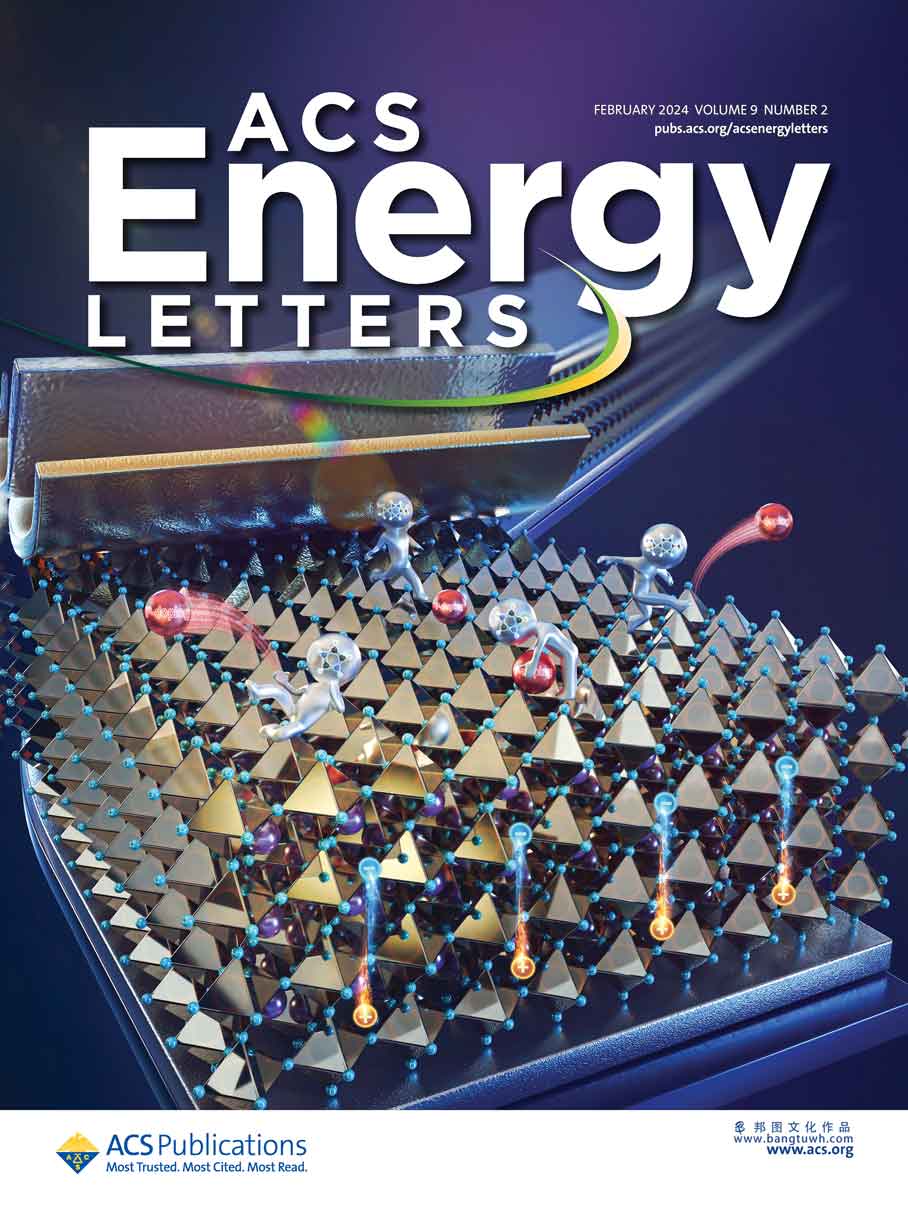科研绘图sci画图作图学术杂志封面设计toc示意图文章配图医学动画





for sn–pb-based perovskite solar cells (pscs), surface p-doping-related defects including sn vacancies, fa vacancies, and i-related defects substantially impact the local work function and band structure, thus resulting in inefficient carrier transfer kinetics at the perovskite/c60 interface. herein, a surface dedoping strategy is rationally designed based on synergistic passivation of p-doping-related defects, in which shallow-level defects are compensated and localized electronic states caused by deep-level defects are removed. accordingly, the back surface electrical-field by a concomitantly formed n/n homojunction as well as reduced surface potential fluctuations minimize the electron extraction barrier. the electron mobility and built-in voltage are greatly enhanced, and carrier lifetimes are elongated to over 7 μs. meanwhile, the cooperative stabilization of surface components suppresses i– ion migration and sn2 oxidation. the resulting ma-free sn–pb pscs deliver a champion efficiency of 22.05%, along with maintaining 94% of the initial efficiency after 1200 h of aging in n2.



微信扫一扫,加设计师好友
17621261539
周一至周五8:30-18:00

提升“研值”

工作人员将在1个小时内联系您。


